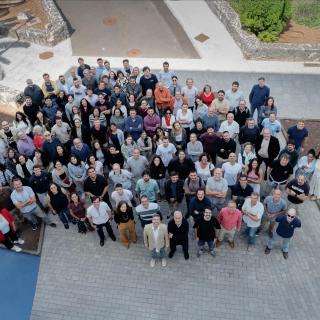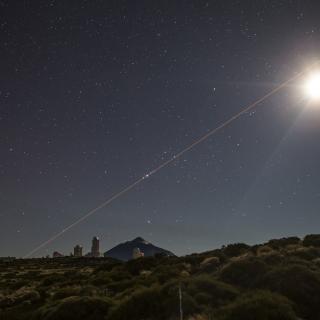Next Monday, November 11th, it will be possible to follow the transit of the planet Mercury across the face of the Sun from the Canary Island Observatories, from 12:36 p.m. to 18:04, on the channel YouTube IAC vídeos, of the Institute de Astrofísica de Canarias.
A transit is defined as the passage of one astronomical object in front of another, so that the nearer occults a part of the surface of the farther. Only the inner planets (Marcury and Venus) can transit the Sun, from our viewpoint on Earth. In any century there are 13 transits of Mercury and the following transit will not occur until the year 2032.
Mercury has quite an elliptical orbit, and completes one revolution around the Sun in around 3 terrestrial months. It is an extreme and strange planet where the Sun can rise twice in the same day, and where the temperatura on its surface ranges from 450 Celsius, on the side facing the Sun, to -170 Celsius on the side away from the Sun.
The Canary Observatories invite you to follow the broadcast from teh GREGOR Solar Telescope (OT, Teide Observatory, Tenerife), the largest solar telescope in Europe operated by the KIS (Kiepenheuer Institute for Solar Physics, Germany) and from the Swedish Solar Telescope (ORM) Roque de los Muchachos Observatory, La Palma) operated by the ISF (Institute for Solar Physics, Sweden).



